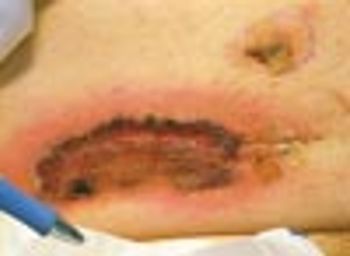
Pulmonary arterial hypertension (PAH) can be difficult to diagnose because the symptoms are nonspecific and the physical findings are usually subtle (Table). In 2004, the American College of Chest Physicians (ACCP) published clinical practice guidelines for the diagnosis and management of PAH.1 Highlights of the ACCP's recommendations for patient assessment include the following:
















































































































































































































































































